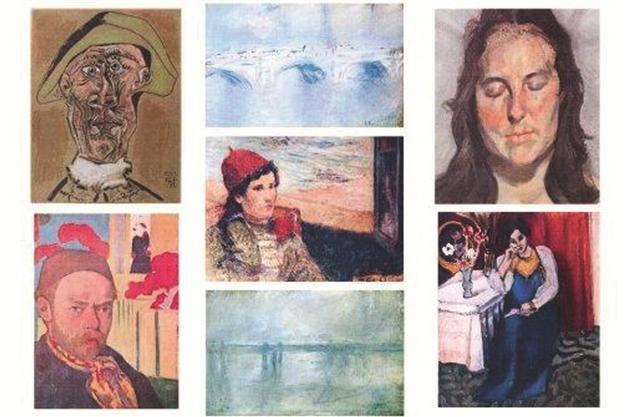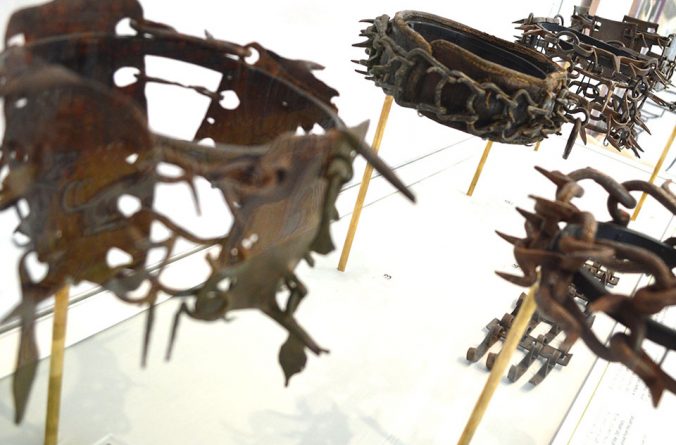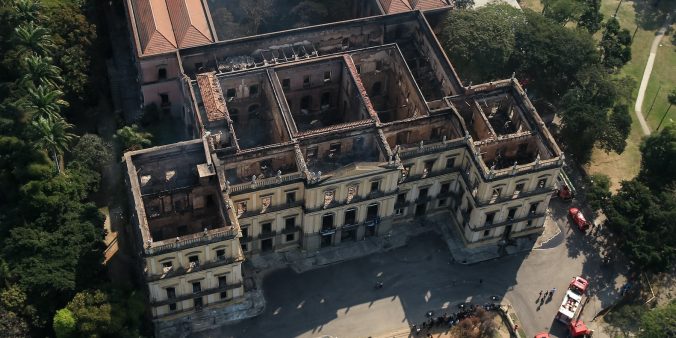Last month, the Medford Public Library, in the town where Tufts University is located, announced an auction of “surplus goods”. The goods turned out to be a number of Native American religious objects, including shaman’s masks and rattles and a totem pole, all of considerable monetary value. The items were donated to the library in the 1880s by James G. Swan, a Medford-born collector of Native American objects, long before the Native American Graves Protection and Repatriation Act (NAGPRA) was passed in the 1990s. The auction was halted by the mayor of Medford, Stephanie M. Burke, after public outcry organized by American Indian groups took hold.
Even though NAGPRA governs ownership and repatriation of sacred indigenous objects and remains in the hands of institutions that receive federal funds, not all organizations have completed the required inventory of objects that apply to this law. An incident like this might have happened and could still happen anywhere in the country. Native American object collecting was incredibly popular in the late 19th century, as indigenous people were thought to be “vanishing” as the conquest of the American continent completed. It is entirely likely that similar collections exist unprocessed in the archives of other libraries, schools, or museums across the country, and that more attempts to auction goods may take place in the future against a background of dwindling federal funds for cultural institutions.
Controversies around objects stolen from indigenous, colonized, and otherwise disempowered people around the world are making news every day now, in a flood that is by turns both reparative and dismaying. Under reparative, the President of France, Emanuel Macron, recently announced the planned return of 26 works of Dahomey art to the Benin government, who formally requested their return a number of years ago. Macron suggested that more such repatriations would be forthcoming, an important step in acknowledging the role France had in the destructive colonization of Africa in the 19th century.
Under dismaying, however, one can find any number of refusals including the famed Benin Bronzes or the Kohinoor Diamond, all of which remain in British hands for now. But changes may be underway. Not only are governments demanding the return of cultural objects from colonizing countries, in some cases countries or individuals are stealing objects out of the Western museums that keep them. Private citizens are also forming groups to wage social media campaigns that pressure institutions to return works to home countries.
As technology and globalization conspire to shrink the world, the call to return wrongfully obtained objects will only grow louder. Amid the din, protests and refusals from governments and institutions still holding ill-gotten treasures will sound like the weak excuses they are. In an attempt to counter tours that highlight illicit artworks at the British Museum, the museum has developed a series of lectures that focus on the proper provenance of many works originating in other countries. While any move toward transparency is positive, telling a partial story designed to improve an organization’s credibility while ignoring the larger issue the institution is complicit in is marginally laudable. With some luck and a lot of guilt and outcry, however, the public can keep pushing this important conversation to a place of resolution, rather than obfuscation.


